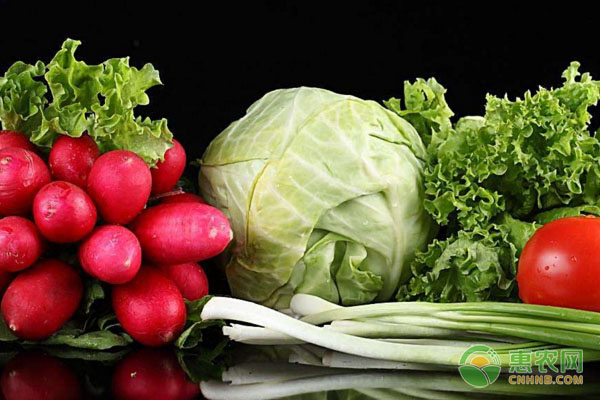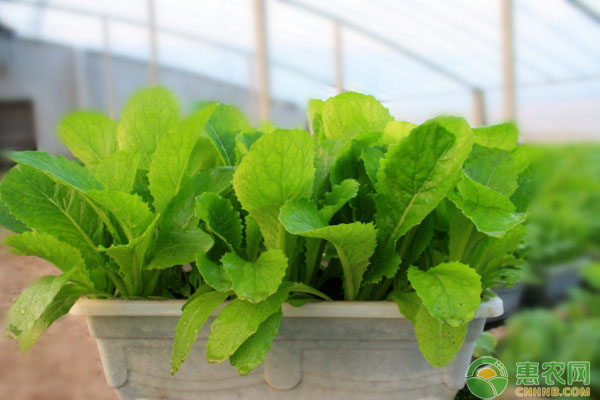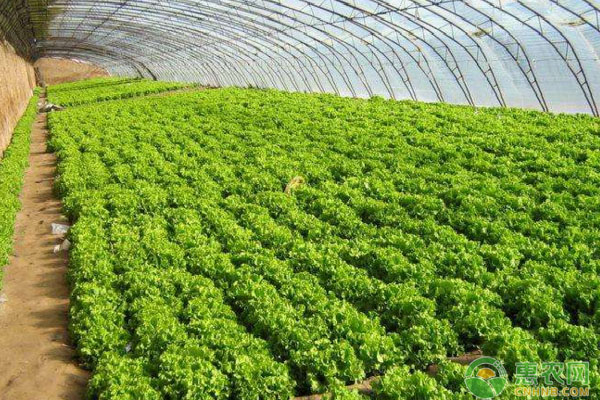What are the performances of vegetable continuous cropping obstacles? Vegetable continuous cropping obstacles mainly include weak growth of vegetables, weak yield of vegetables, and serious decline in the quality of pests and diseases. There are many reasons for the obstacles in continuous cropping. Next, Xiaobian will specifically talk about the causes and prevention measures of vegetable continuous cropping obstacles. I hope everyone will Can help.

1 Definition of continuous obstacles
Continuous cropping means that the same crop or near-source crops have long-term dysplasia, reduced yield, poor quality, and serious pests and diseases under normal management after planting in successive years.
2 Performance of continuous obstacles
2.1 The growth of vegetables is weak and the yield is decreasing.
With the increase of continuous years, garlic showed a trend of increasing first and then decreasing.
2.2 Severe pests and diseases, declining quality
With the increase of continuous cropping years, the VC content, crude fiber content and soluble sugar content of amaranth showed a downward trend; the height and leaf area of potato plants decreased year by year; the degree of cucumber pests and diseases increased year by year.
3 Causes of continuous obstacles
3.1 allelopathy
Crops (donors) release certain chemicals into the environment, affecting the growth and development of other organisms (receptors), called allelopathic effects, including promotion and inhibition;
Root toxins and toxins decomposed by leaf and leaf residues are important factors affecting the continuous cropping of vegetables. Crops release chemical substances into the environment through leaching, decomposition of residues and root secretion. These chemicals can cause direct or indirect damage to the crop itself. This phenomenon is called autotoxicity, and the autotoxicity is the special allelopathy of the same plant as the donor and the donor;
The root exudates are mainly phenolic substances, such as phenylacrylic acid and p-hydroxybenzoic acid. The root exudates inhibit the soil nitrification process and affect the transformation of nitrogen forms;
The toxicity of phenylacrylic acid is strong. 50mg/kg phenylacrylic acid can significantly reduce the dehydrogenase activity and ATPase activity of cucumber roots, and significantly inhibit the soil microbial activity, thus affecting the growth of cucumber and the nutrient uptake by roots.

3.2 Soil nutrient imbalance
The root distribution and depth of the same vegetables are consistent, and the absorption ratio of various nutrients in the soil is also consistent. After continuous cropping, it is easy to cause a certain nutrient deficiency in the soil, and the soil nutrients will be unbalanced. For example, nitrogen is more likely to cause magnesium deficiency. After the magnesium deficiency, the mesophyll is chlorotic, and the pepper is yellow and yellow.
3.3 Soil salinization and acidification
The soil in the shed is not washed by rain, the temperature is high, and the soil moisture is evaporated. The fertilizer and other salts in the lower soil rise along the soil capillary, forming a thin layer of white salt on the soil surface, ie secondary salinization of the soil. phenomenon;
Secondary salinization of soil will increase the concentration of soil solution and increase the osmotic potential, causing the roots of vegetables to absorb water and weaken the ability to absorb fertilizer, thus causing deficiency syndrome, which will hinder growth, yield and quality.
3.4 Root microbial changes
Soil microbial changes are most closely related to continuous cropping obstacles;
The amount of ammoniated bacteria, nitrifying bacteria and aromatic degrading bacteria in the soil has dropped sharply year by year, and the number of fungi has increased year by year.
4 Ways to prevent continuous obstacles
4.1 Reasonable selection of cultivated soil
There are three types of soil texture: clay soil, loam soil and sandy soil;
Viscous soil ventilation and water permeability are poor; allelochemicals have a strong inhibitory effect in the soil; sandy soil toxic substances are easy to lose, but low fertility;
For vegetable cultivation, it is recommended to select sandy loam with high fertility and good drainage.
4.2 Soil improvement
Use suitable matrix for soilless cultivation, avoid continuous cropping and soil-borne diseases, reduce the amount of medicine, save water and fertilizer, labor costs;
In the process of changing farmland, the method of irrigation and salt washing is adopted to improve soil salinization and acidification;
For soils with a pH less than 5.5, neutralizing the acidity with quicklime reduces the content of nitrate nitrogen in the soil;
For soils with a pH of 5.5 to 6.0, alkaline fertilizers such as grass ash may be applied;
For soils with a pH greater than 7.5, apply an appropriate amount of acid fertilizer.

4.3 Select resistant varieties or apply grafting techniques
Breeding resistant (resistant) varieties is an important way to solve the obstacles of continuous cropping;
Grafting can improve the root absorption characteristics of plants, change the content of endogenous hormones, enhance the photosynthetic capacity of plants, and improve the activity of protective enzymes, so as to achieve the goal of disease resistance and yield increase.
4.4 Reasonable rotation
Facility vegetable cultivation follows a certain rotation pattern to help speed up the restoration of soil fertility, reduce pests and diseases, increase yield, and improve quality;
Leafy vegetables require more nitrogen fertilizer, solanaceous fruits require more phosphate fertilizer, while roots and stems require more potassium fertilizer;
The roots of the solanaceous fruits and melons are deep, and the roots of the leafy vegetables are shallow. The rotation of these different varieties can make full use of various nutrients in different levels of soil.
4.5 Rational fertilization
Long-term application of chemical fertilizers will cause soil compaction, poor gas permeability, water permeability and fertilizer supply capacity, and promote the occurrence of pests and diseases;
In the production of vegetables, bio-organic fertilizers with specific low cost, safety and effectiveness should be used to reduce and prevent soil salt accumulation, improve soil physical structure, enhance microbial activity in soil, maintain soil fertility, and improve vegetable quality.